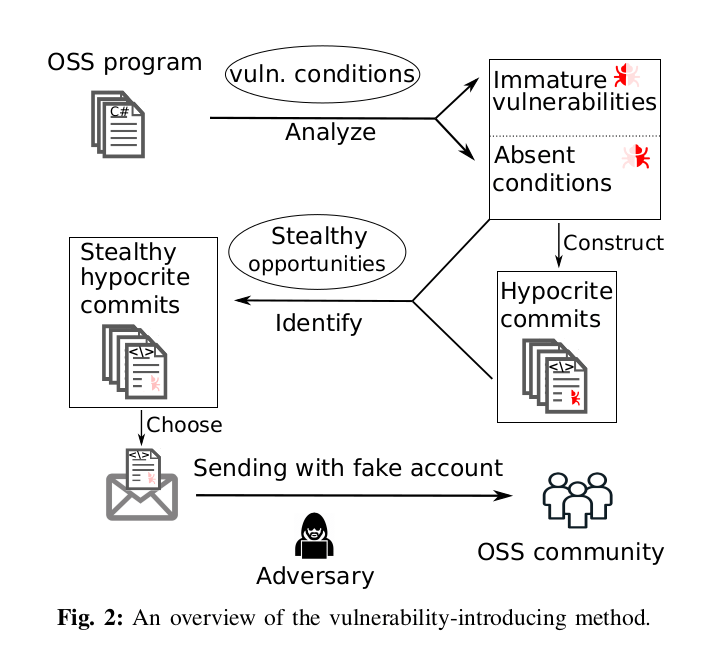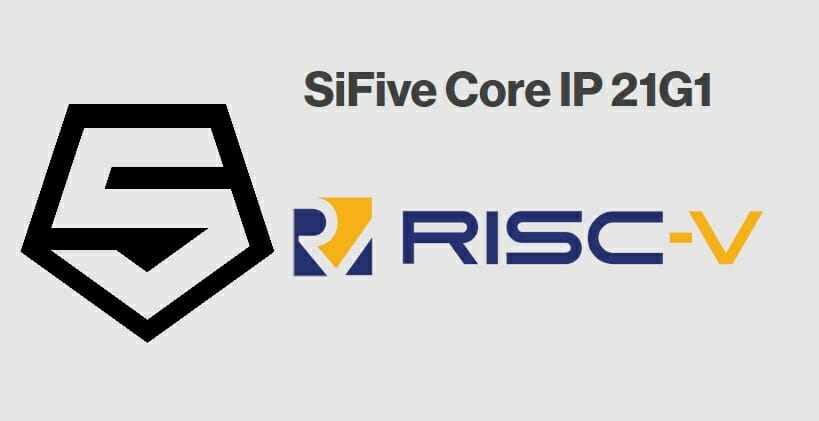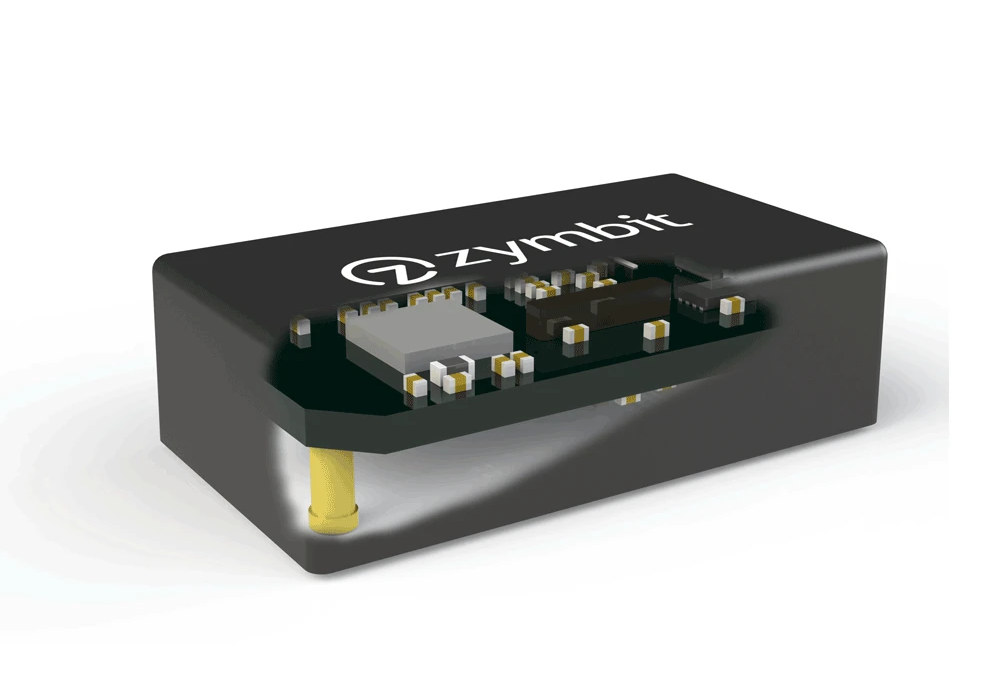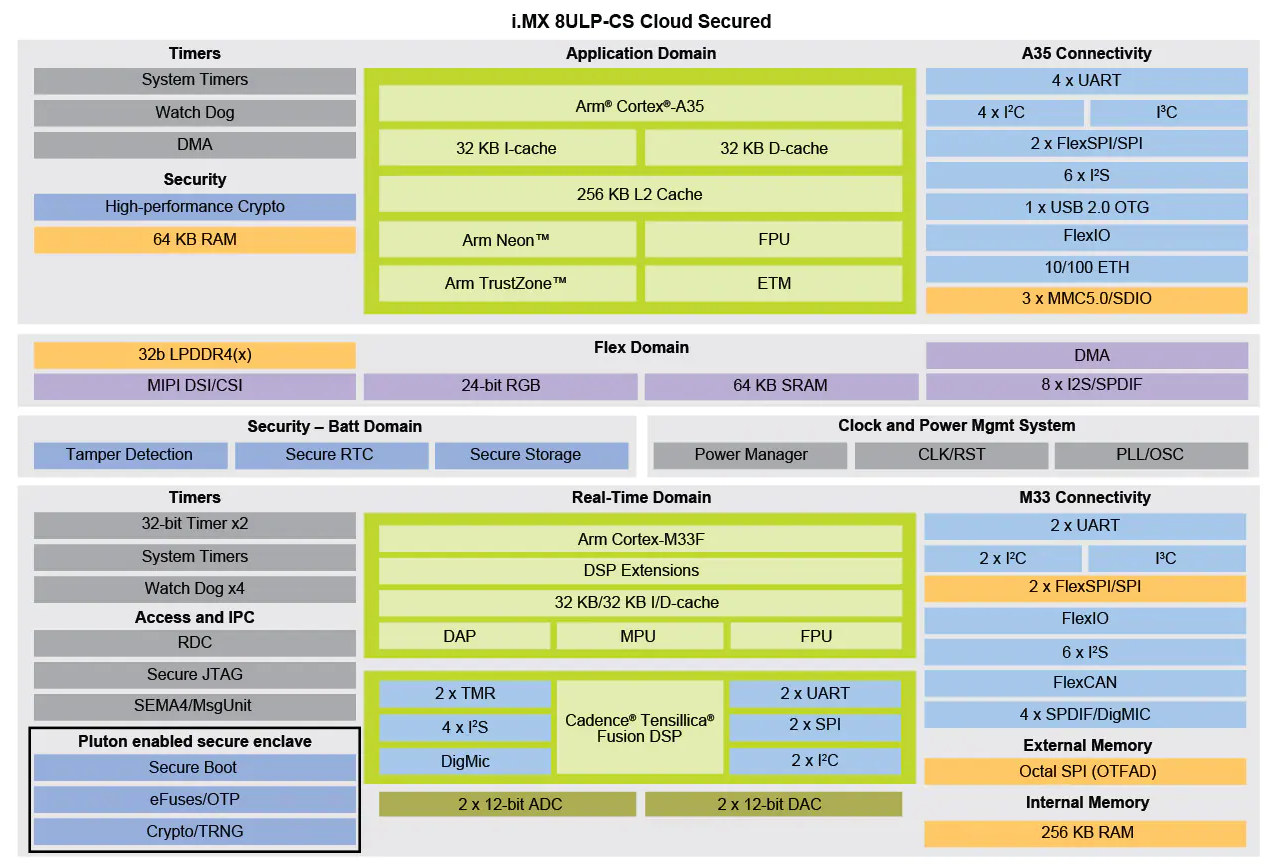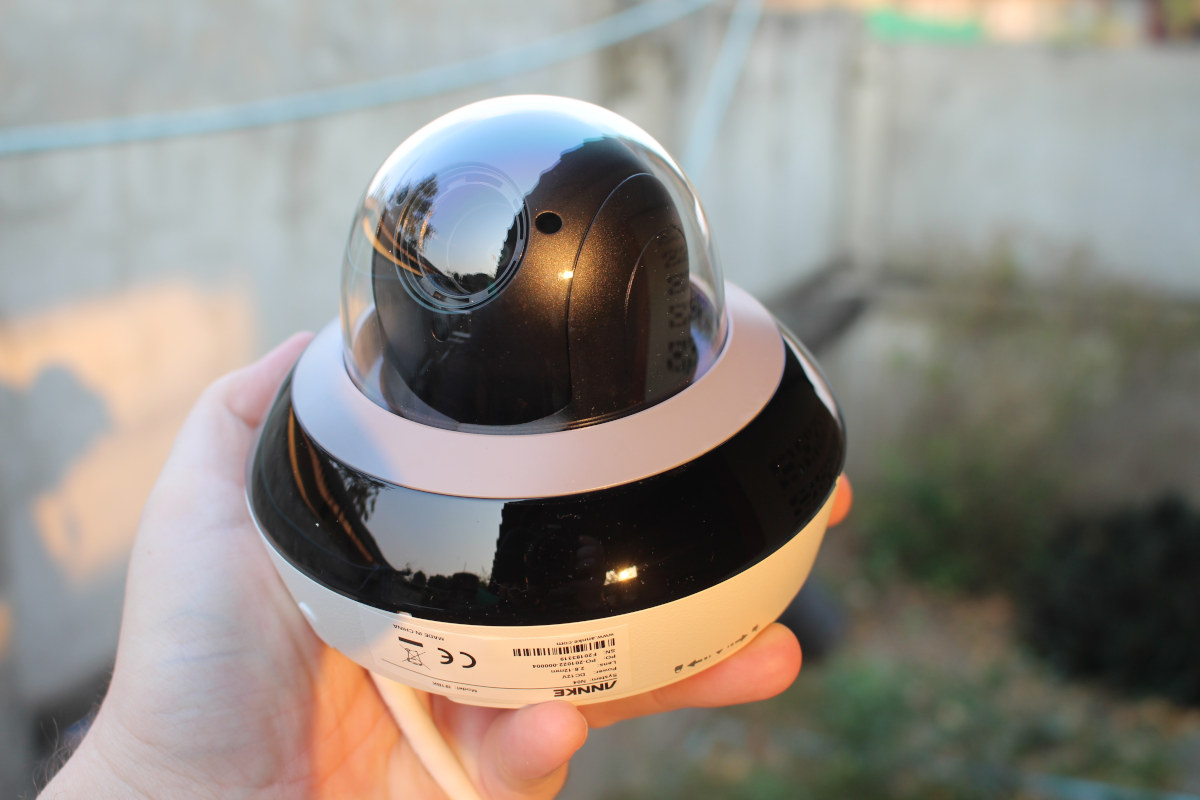We just reported about the Linux 5.12 changelog with a focus on Arm, MIPS and RISC-V targets on Tuesday, and at the time, the expectation was a delay of about one week after Linux 5.12-rc8 was outed on Sunday, April 18. But Linux 5.12 could be further delayed due to shenanigans from two Ph.D. students doing a research project on open-source vulnerability at the University of Minnesota. This was announced by Greg Kroah-Hartman on the Linux kernel mailing list. Commits from @umn.edu addresses have been found to be submitted in “bad faith” to try to test the kernel community’s ability to review “known malicious” changes. The result of these submissions can be found in a paper published at the 42nd IEEE Symposium on Security and Privacy entitled, “Open Source Insecurity: Stealthily Introducing Vulnerabilities via Hypocrite Commits” So their work at to be reverted with 190 reversions so far. It also […]
SiFive Core IP 21G1 release improves bit manipulation, floating-point unit, reduces code footprint
As SiFive has a portfolio of RISC-V cores ranging from low-power E2-series to high-performance U8-series cores with performance similar to Cortex-A7x cores, the company has not released new cores for a while, and instead focuses on improving their current RISC-V cores. We saw that last year with the SiFive 20G1 release that improved performance & efficiency, and lowered the silicon area for the same features set. SiFive further improved its cores and ecosystem with the latest SiFive 21G1 release. The main new features brought by SiFive 21G1 release include: SiFive 2-Series and 7-Series processors are now available with the “Bit Manipulation” extension, RV32B, with Zba and Zbb extensions. This can accelerate Cryptographic Hash algorithms by up to 35% Support for FP16 half-precision floating-point computation in order to reduce memory size and power consumption, and for some AI workloads The memory map is now fully programmable SiFive RV64 processors support up […]
Armv9 architecture to focus on AI, security, and “specialized compute”
Armv8 was announced in October 2011 as the first 64-bit architecture from Arm. while keeping compatibility with 32-bit Armv7 code. Since then we’ve seen plenty of Armv8 cores from the energy-efficient Cortex-A35 to the powerful Cortex-X1 core, as long as some custom cores from Arm partners. But Arm has now announced the first new architecture in nearly ten years with Armv9 which builds upon Armv8 but adds blocks for artificial intelligence, security, and “specialized compute” which are basically hardware accelerators or instructions optimized for specific tasks. Armv9 still supports Aarch32 and Aarch64 instructions, NEON, Crypto Extensions, Trustzone, etc…, and is more an evolution of Armv8 rather than a completely new architecture. Some of the new features brought about by Armv9-A include: Scalable Vector Extension v2 (SVE2) is a superset of the Armv8-A SVE found in some Arm supercomputer core with the addition of fixed-point arithmetic support, vector length in multiples […]
Annke CZ400 AI security camera reviewed with basic and smart events
At the beginning of this month, I started the review of Annke CZ400 AI security camera by listing specifications, unboxing the device, and doing a partial teardown, notably to install a MicroSD card. In theory, the camera comes with more advanced AI features than Reolink RLC-810A 4K CCTV camera that only supports people and vehicle detection, as the Annke security camera can handle face detection, line crossing, unattended baggage detection, and other smart event detections. So let’s see how it performs Annke CZ400 installation The first challenge was the installation, as I told the company I would not be willing to install the camera on the ceiling since I’m renting, and preferred wall-mounting. after checking the user manual that included a wall mount, I decided to go ahead, and get the review unit. But sadly, the wall mount is not included in the package, and Annke even told me they […]
Zymbit HSM4 & HSM6 security modules work with embedded Linux hardware, Raspberry Pi, Jetson Nano
Zymbit Zymkey security modules, now called Zymkey4i, were first introduced several years ago. Based on the Microchip ATECC508A CryptoAuthentication chip, the modules were available as a USB stick, an I2C module for Raspberry Pi boards, or an SMT component, and designed to enable multifactor device ID & authentication, data encryption & signing, key storage & generation, and physical tamper detection. The company has now informed CNX Software they had launched HSM4 cryptographic protection module and HSM6 hardware wallet with a different form factor for easy integration into embedded applications, and devkits compatible with Jetson Nano and Raspberry Pi SBCs. Zymbit HSM4 cryptographic protection module & devkit HSM4 crypto module key features and specifications: HSM4 is built upon Zymkey4i module, and integrates an Arm Cortex-M0 microcontroller, as well as a secure element likely to be Microchip ATECC508A, or the more recent ATECC608B CryptoAuthentication chip if the company upgrade System Identity & […]
NXP unveils i.MX 8ULP Cortex-A35/M33 secure processors with optional Azure Sphere certification
NXP may have just unveiled plans for i.MX 9 processor family with Arm Ethos U65 microNPU, and advanced security using the company’s EdgeLock enclave, but NXP also introduced new members to its popular i.MX 8 series with i.MX 8ULP and i.MX 8ULP-CS (Cloud Secured) processors. Both processors come with a mix of Cortex-A35 application processor(s) and Cortex-M33 real-time core, as well as Energy Flex low-power architecture and EdgeLock secure enclave, but i.MX 8ULP-CS includes Microsoft Pluton for secure cloud connectivity and lacks 2D/3D graphics and the HiFi 4 audio DSP. NXP i.MX 8ULP and 8ULP-CS key features and specifications: CPU i.MX 8ULP – Up to two Arm Cortex-A35 @ 1.0 GHz and Arm Cortex-M33 @ 216 MHz, i.MX 8ULP-CS – One Arm Cortex-A35 @ 1.0 GHz and Arm Cortex-M33 @ 216 MHz GPU (i.MX 8ULP only) – 2D GPU, and 3D GPU with support for OpenGL ES 3.1, OpenCLTM, Vulkan […]
ANNKE CZ400 AI security camera review – Part 1: Specs, unboxing and teardown
We’re starting to see more and more security cameras with built-in AI features such as Reolink RLC-810A 4K camera with people & vehicle detection or the lower cost Vacom Cam Full HD camera with person detection only, which I have not reviewed yet due to some technical issues. I would not buy a camera without AI now as such features greatly reduce false positives. Another model has now come my way with ANNKE CZ400 (aka I91BK) 2K security camera that comes with even more advanced AI-accelerated computer vision features with not only face detection, but also intrusion detection, line crossing detection, region entrance detection, region exiting detection, object removal detection, unattended baggage detection, and audio exception detection. In this first part of the review, we’ll check the specifications, the content of the package with an unboxing, as well as a partial teardown that is needed to install a microSD card. […]
NXP i.MX 9 processors to integrate Arm Ethos U-65 microNPU, EdgeLock secure enclave
NXP i.MX 6 and i.MX 8 processors are widely used in industrial boards and systems-on-module, and the company has now teased a new family with i.MX 9 processors integrating Arm Ethos-U65 1 TOPS microNPU, as well as the company’s EdgeLock secure enclave for increased security. The company did not provide that many technical details, so we still don’t know which CPU cores, GPU, and exact peripherals will be found in the processor. But we do know the i.MX 9 processors will be manufactured with a 16/12nm FinFET class of process technology optimized for low power, and features the “Energy Flex” architecture that combines “heterogeneous domain processing (independent applications processor and real-time domains with a separate low-power multi-media domain), design techniques, and process technology to maximize performance efficiency”. That means most blocks of the processor can be turned off for low power audio or CAN networking use cases, and other industrial […]


